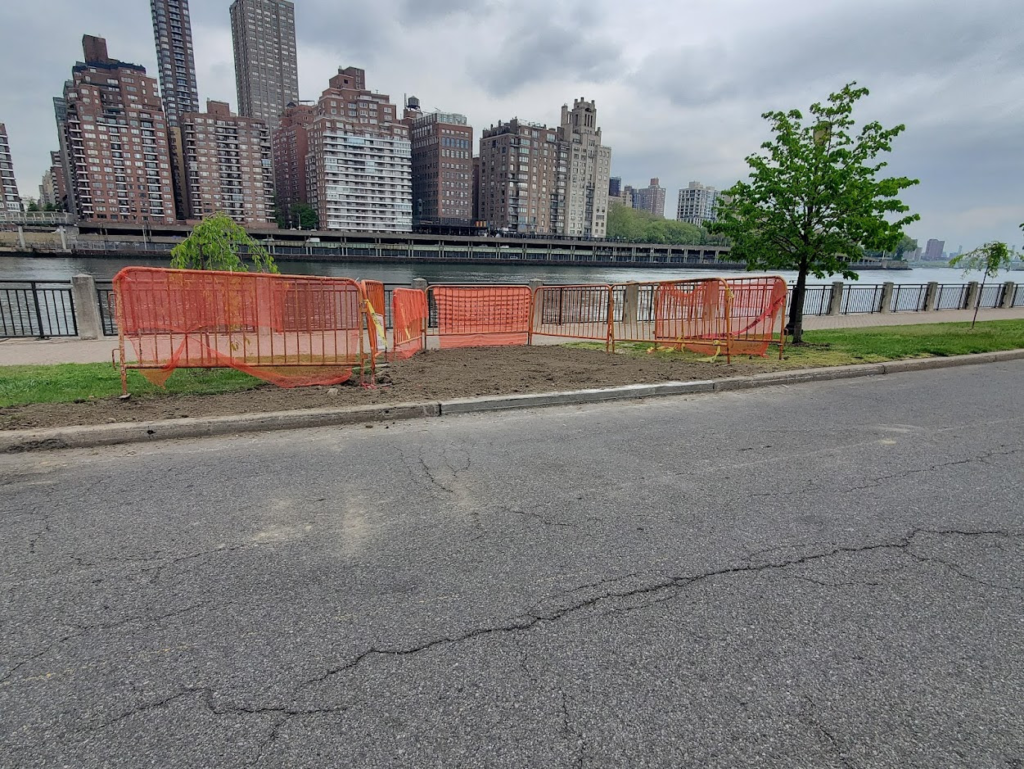Friday, April 28, 2023 – A CURE THAT SOUNDED GREAT


FROM THE ARCHIVES
FRIDAY, APRIL 28, 2023
ISSUE 976
CURE FOR ADDICTION
WITH GOLD
ACCESS DENIAL CONTINUES
TO WEST PROMENADE
FOR COLER RESIDENTS
JUDITH BERDY
The Hagey Institute’s Gold Cure for Addiction
April 25, 2023 by Helen Allen Nerska

An advertisement for The Hagey Institute first appeared in the Plattsburgh Sentinel in November of 1893 as an establishment which provided the “gold cure,” a permanent cure for the disease of addiction to liquor, morphine, opium and nicotine.
Offered was a “golden opportunity” for an absolute cure in just 21 days. With this promise, The Hagey Institute opened for business on November 4th, 1893 in the Winslow Block across from the Witherill Hotel on Margaret Street in Plattsburgh, Clinton County, NY.
What was the treatment offered? Those taking the cure were injected with “bi-chloride of gold” four times a day and ingested a tonic every two hours. The injected chemical combination was created by Dr. William Henry Harrison Hagey. Later laboratory reports claimed it contained not gold but “practically everything else, including quinine, strychnine and other poisons.” No cost was ever advertised for the treatment.
In June of 1894, local investors formed the New York Gold Company and took over the Hagey Institute in Plattsburgh. They accumulated $125,000 from shareholders and purchased the Hagey formula for $50,000. First National Bank Director Edwin G. Moore was President. Under new ownership, the Institute moved from Margaret Street to lower Bridge Street. A large sign on the west side of the building faced downtown Plattsburgh.
By September of 1896, the New York Gold Company announced that 485 residents had been cured, five for morphine addiction and the rest for alcoholism. Additionally, the Company had opened branches in New Jersey and New Hampshire.
Those cured by the Institute were called graduates, and their testimonials appeared in local newspapers. The names attached to many testimonials can be traced to real people in the community although their vivid descriptions read like professional ads.
One of the most influential endorsements, however, may have been in February of 1894 from 37 Plattsburgh community leaders including Judge John Booth, Plattsburgh Sentinel owner Abram Lansing, three doctors, four members of the clergy, and William T. Howell, owner of the Witherill Hotel.
They certified they “no longer entertain doubts as to the efficacy of this treatment” and recommended it to all who were addicted in the “hope of helping suffering humanity.” It should be clear that this was an endorsement. They were not graduates.
Physicians were often praised in the testimonials. The first physician at the Institute was Dr. Daniel Oscar Fosgate who appears to have left in mid-1894. Dr. Jefferson G. McKinney was next. Originally from Schuyler Falls, he was a long-standing member of the Clinton County Medical Society, and his term as chief physician at the Hagey Institute extended into early 1896 when a Dr. T. Bates Cook from Laconia, NH, took over and stayed until the Institute closed.
Despite the convictions of the owners that “the Hagey treatment will provide a sure and effective cure,” the Institute closed by the end of 1897, and the New York Gold Company was not mentioned again in the local papers.
A blog post from Western Kentucky University reports that although the Hagey treatment promised to be “perfect and pleasant… it more commonly made users nauseous, fatigued, inebriated, confused, and even insane.” As science improved, remedies of this type were moved to the category of quackery. Was this the reason for our local company’s fate?
Or did the “gold cure” work? Not for Gardner McLean of Saranac Lake who took the cure twice and sadly, in a “drunken frenzy,” shot his wife to death. Hopefully, the hundreds of others reported to have taken the cure fared well.
RIOC ERASES ANY EVIDENCE THAT A PATH WAS BEING BUILT.
STAY TUNED AND SEND US YOUR COMMENTS AND SUPPORT
ROOSEVELTISLANDHISTORY@GMAIL.COM


When walking today you will see no evidence of the path that was being constructed so Coler residents could access the West Promenade.
FRIDAY PHOTO OF THE DAY
SEND YOUR RESPONSE TO:
ROOSEVELTISLANDHISTORY@GMAIL.COM

Text by Judith Berdy
Thanks to Bobbie Slonevsky for her dedication to Blackwell’s Almanac and the RIHS
Thanks to Deborah Dorff for maintaining our website
Edited by Melanie Colter and Deborah Dorff
All image are copyrighted (c) Roosevelt Island Historical Society unless otherwise indicated
ACKNOWLEDGEMENTS
NEW YORK ALMANACK
THIS PUBLICATION FUNDED BY DISCRETIONARY FUNDS FROM CITY COUNCIL MEMBER JULIE MENIN & ROOSEVELT ISLAND OPERATING CORPORATION PUBLIC PURPOSE FUNDS.


Copyright © 2022 Roosevelt Island Historical Society, All rights reserved.Our mailing address is:
rooseveltislandhistory@gmail.com

Leave a comment